EDITORIAL
Published on 11 Feb 2019
Editorial: Intertemporal Choice and Its Anomalies
doi 10.3389/fams.2019.00010
- 1,751 views
7,427
Total downloads
69k
Total views and downloads
EDITORIAL
Published on 11 Feb 2019
ORIGINAL RESEARCH
Published on 29 Nov 2018
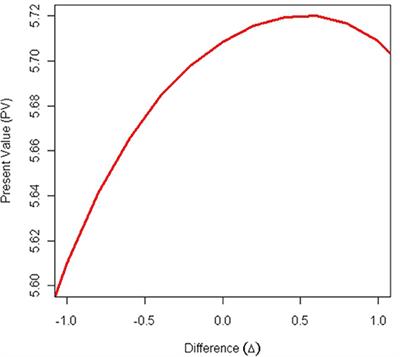
ORIGINAL RESEARCH
Published on 21 Nov 2018
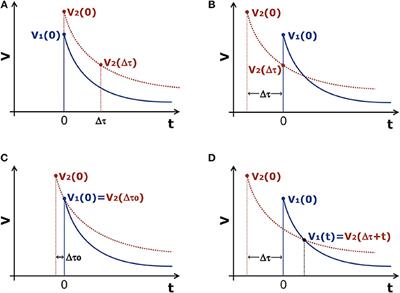
ORIGINAL RESEARCH
Published on 30 Oct 2018
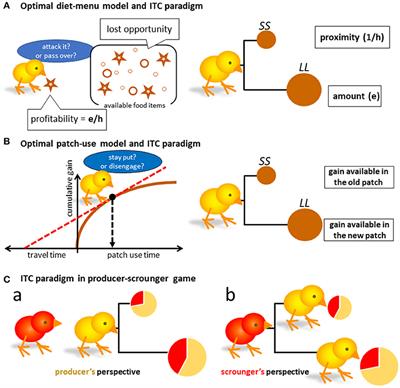
METHODS
Published on 11 Oct 2018

ORIGINAL RESEARCH
Published on 02 Oct 2018
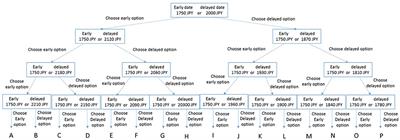
ORIGINAL RESEARCH
Published on 17 Aug 2018
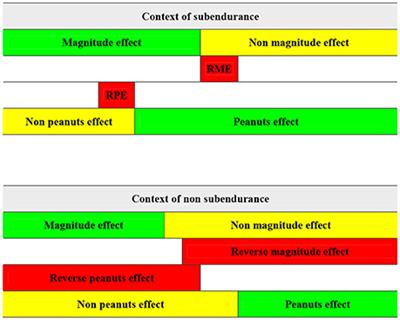
ORIGINAL RESEARCH
Published on 08 Aug 2018

ORIGINAL RESEARCH
Published on 25 Jul 2018
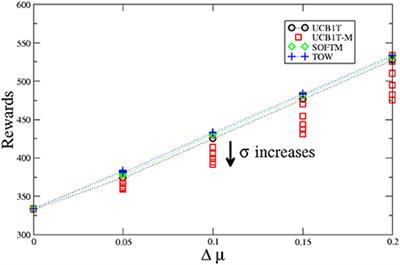
ORIGINAL RESEARCH
Published on 23 May 2018
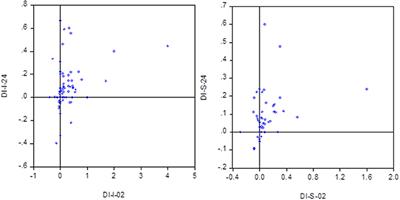
ORIGINAL RESEARCH
Published on 11 Apr 2018

